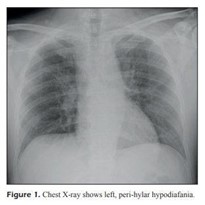Point-of-care testing devices are extremely effective in helping our clinical teams to make a decision about patient triage based upon timely diagnostics – this is the unique quality of POCT.
- Clare Bailey, Divisional Director of Healthcare Professionals, Cancer and Clinical Support at BHRUT
Queen’s Hospital expands ED capabilities to improve patient experience
The ability to deliver fast, high-quality care becomes a critical challenge for hospitals when emergency admissions surge. Queen’s Hospital in Romford, UK, tackled the problem head-on by bringing testing closer to patients.
Having equipped with four ABL90 FLEX PLUS blood gas analyzers and two AQT90 FLEX immunoassay analyzers from Radiometer, the hospital’s clinical staff can now run a wide range of fast, diagnostic tests with the oversight of an experienced laboratory team.
Timely diagnostics at the point of care
Overcrowding has been a significant challenge at the busy London hospital’s ED. However, according to Clare Bailey, Divisional Director of Healthcare Professionals, Cancer and Clinical Support at Barking, Havering and Redbridge University Hospitals NHS Trust (BHRUT), patient volume was one just part of the problem.
“One of the factors contributing to this challenge was delayed pathology diagnostics,” says Bailey. “This led to increases in length of stay and time to treatment, as well as diminished patient experience.”
Testing closer to the patient
BHRUT explored several solutions, including a pneumatic tube delivery system, and even extra staff. After careful consideration, they opted for a high-end point-of-care kit – run by laboratory staff but situated in the ED.
From the outset, the team were keen to ensure that the expanded POCT in the ED would not just be a secondary lab but deliver fast results at the bedside with the same level of confidence as the pathology laboratory.
“One of the things we really want to do is to make POCT as easy to use as possible, while remaining analytically comparable and clinically suitable,” says Clare.
Maintaining a high standard of care
The reorganization of the Queen’s Hospital’s POCT – including the introduction of blood gas and immunoassay analyzers from Radiometer in March 2018 – has allowed BHRUT to continue to provide a high standard of care despite the increased patient volume.
“Expanded POCT has definitely helped us manage the increase,” Clare Bailey explains. “And more importantly, it’s done a huge amount of good for our patients. When you’ve been waiting to be seen in the ED for three or four hours, it’s important to know that tests are done very quickly and that the clinical teams are working with you to make decisions.”





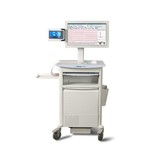

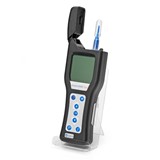
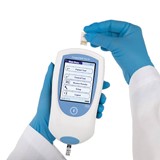





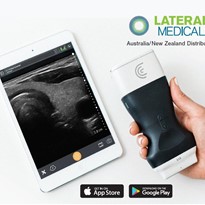
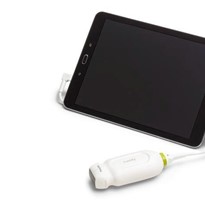



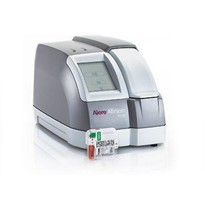




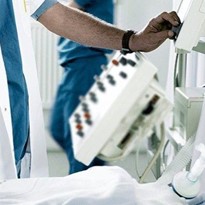
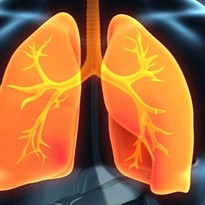
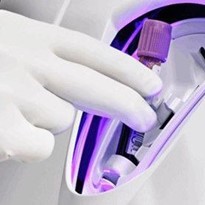

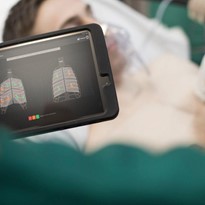

-205x205.jpg)
